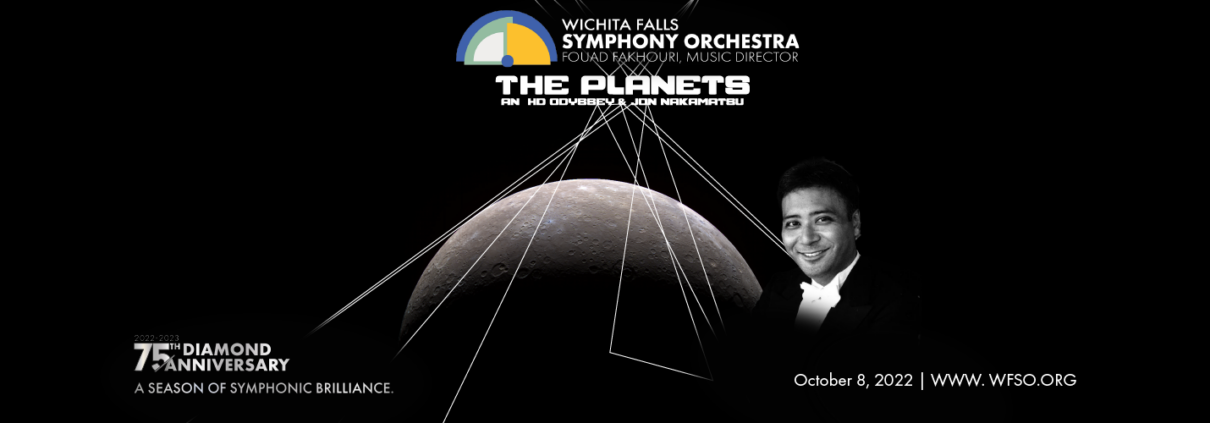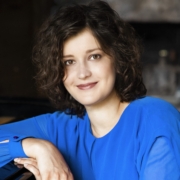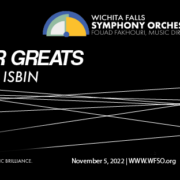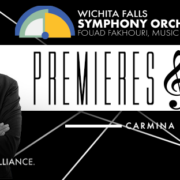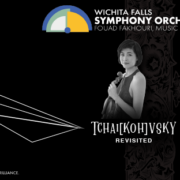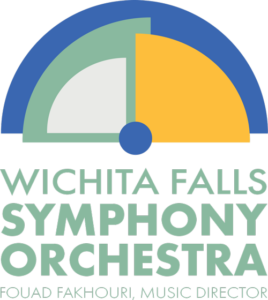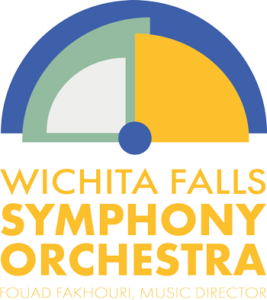October Program Notes 2022
Written by Todd Giles
Christopher Rouse: “The Infernal Machine” from Phantasmata (1981)
Christopher Rouse (1949–2019) started out his musical career as a rock & roll drummer before attending Oberlin and Cornell to study music. Along with an affinity for the likes of Led Zeppelin, Rouse’s music was also influenced by Beethoven, Shostakovich, and Hector Berlioz, the combination of which helped inspire Rouse’s energetic, clamorous orchestral sound. Rouse composed four symphonies and a variety of other orchestral and chamber works, including several concertos for some of the 20th century’s most accomplished soloists such as Yo-Yo Ma, Dawn Upshaw, and Sharon Ibsin, the latter of whom will be performing with the WFSO later this season.
Originally composed as a brief concert opener in 1981, Rouse was convinced by a friend that The Infernal Machine could also be used as part of a larger multi-movement work yet to be penned. Completed in 1985 and premiered the following year by Leonard Slatkin and the Saint Louis Symphony Orchestra, The Infernal Machine, paired with two other brief pieces for orchestra, came into the world as the menacing soundscape that is Phantasmata. According to Rouse, all three movements were inspired by dream images—“the first mystical, the third secular, The Infernal Machine somewhat more amorphous in origin.” Rouse conceived of the central movement as an “immense juggernaut, eternally in motion for no particular purpose,” belching out “slightly hellish sparks, grinding occasionally as it changes gears.”
Ludwig van Beethoven: Piano Concerto No. 1 in C Major, Op. 15 (1795–1800)
In the hands of Mozart, the concerto form achieved the apogee of lyrical beauty and ordered logic based on the back-and-forth conversation between orchestra and soloist. Building on what Mozart developed before him, Ludwig van Beethoven (1770–1827) expanded the form’s scale and pushed that dialogue in more interesting and complex directions. While that is certainly true for the last three of his five piano concertos, the first two remain somewhat Mozartean in nature. Really, how could they not speak back to his predecessor who died just four years before the younger composer began sketching his first piano concerto in 1795?
The Concerto No. 1 premiered in Prague in 1798 alongside Beethoven’s Concerto No. 2 in B Flat Major, the twenty-seven year old composer at the keyboard surely showing off his virtuosity. The first two concerti, which were composed during his early period (1792–1803), are classically proportioned, melodic, and optimistic, whereas his third concerto for piano, which he started sketching while putting the finishing touches on the first two, begins to introduce elements of his darker, more experimental middle period.
Typical of concertos at the time, the Concerto No. 1 opens with a quiet strings-only passage which builds anticipation for the featured solo instrument to come. Before the piano makes its appearance, though, the orchestra adopts a more vigorous martial sound with the brass and timpani. The first movement provides soloists ample opportunity to highlight their technical skills through a light and charming virtuosic display. The second movement, marked “Largo,” is gentle, melodic, and stately. The final movement, a rondo, brings the lightness and energy back to the fore, including hints of the high-spirited folk music Beethoven and Mozart were fond of.
Gustav Holst: The Planets, Op. 32 (1914–1917)
English composer Gustav Holst (1874–1934) studied under Charles Villiers Stanford at the Royal College of Music in London, where he also became lifelong friends with Ralph Vaughan Williams. After graduation, Holst earned a living picking up trombone gigs where he could find them, while at the same time focusing his composing on choral and operatic works. Though his instrument of choice at school was the piano, the neuritis in his hands made it too painful to play, thus the trombone. The neuritis (and poor eyesight) also kept him from being able to enlist in the service at the onset of World War I. Surely sensing the menace to come, the forty-year-old Holst began composing the first movement of what would become his most popular work, The Planets.
Holst worked on The Planets from 1914 to 1917. The complete suite was not performed in its entirety until after the war in London in 1920; that same year it premiered in the US at the Chicago Symphony Orchestra. Much like Rouse’s Phantasmata, Holst pulled out all the stops when it comes to the breadth of instrumentation for The Planets; both works are scored, for example, for glockenspiel, celesta, harp(s), cymbals, chimes, and several other percussion instruments which add to the bombast. The seventh and final movement of The Planets, “Neptune,” even includes a hidden six-part choir of female voices, the ethereal sounds of which speaks to his interest in Near Eastern mysticism and astrology.
In much the same way we can see echoes of Holst in Rouse’s use of the full orchestral apparatus, we can also think of the booming menace in the opening movement of The Planets (“Mars, the Bringer of War”) as influential to John Williams’s score for the film Star Wars, which WFSO patrons will have the pleasure of hearing performed live later this season.

